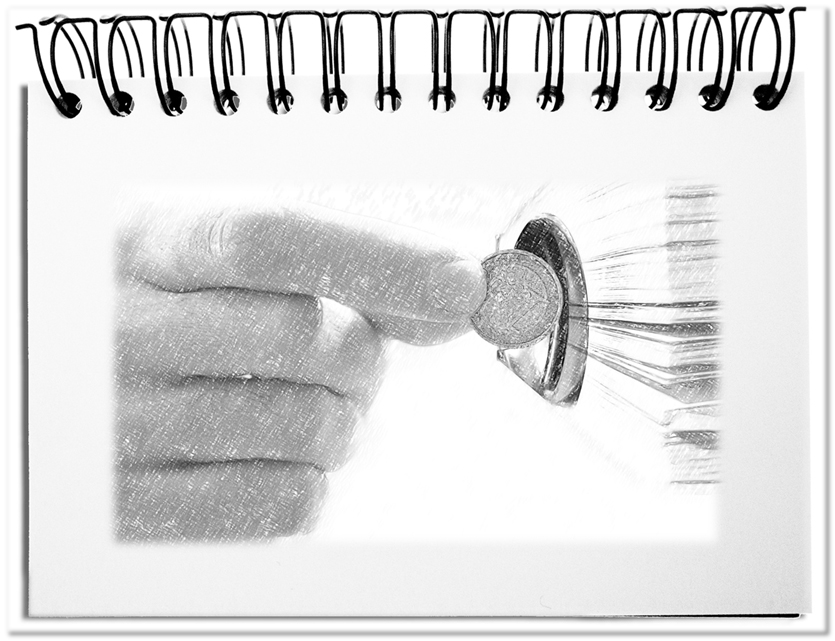For centuries, publications were associated with high costs for the carrier material, the production and distribution of the novelty. The most important value creators had receded into the background – the creators of the information. Authors, illustrators, composers, directors and the many other creative people who invent, record, revise and finalize the content with great dedication. With an average circulation of seventeen copies as a self-publisher and one euro of earnings, no one can really speak of an adequate remuneration for the creative work. Now that the Sharing Economy has rolled over us, content providers need ways to make a living from their contents.
The new business models offer media solutions that make content readable online or downloadable.
- Subscription
Subscribers have access to a protected area where all content can be used. In this case, the customer decides whether the content is worth a long-term commitment and regular payments – e.g. Soundview. The provider controls the content, prices and distribution, but potential users are excluded, no matter for what reason they do not want to subscribe. - Pay-per-view
Customers obtain exactly the content they are interested in. Depending on the “value” of the content, it can range from very small amounts for short news and reports to very large amounts for technical content – e.g. rakuten . In this case, users do not have to commit for a long term, but the prices per use are relatively high. - Metered Model
A limited number of articles is available without registration as Freemium. After registration there will be more free content. When all contingents are exhausted, you have to subscribe, e.g. The New York Times. Similar to Freemium, this approach offers the opportunity to test the content over a longer period of time. Later, the users decide more sustainably for the offer based on their experiences. - Freemium
Some content and brief information is available for free. The detailed articles require a subscription or payment per article – e.g. The Guardian. The quick access to the content attracts many users. Here, too, readers are more likely to subscribe, if they are satisfied with the content. - Donation model/ Voluntary payment
Users decide individually when and what they want to pay or donate. Payment can be made prior to registration, when using the content or irregularly after a donation call – e.g. ProPublica. This type of payment has to prove itself for the time being. The non-binding nature of the agreement may lead to a faster switch from one platform to another – at least as far as payment is concerned. - Sponsoring model
In this case, third parties, i.e. companies and/or interest groups bear the costs and thus sponsor the ongoing expenditures. The users get the content for free – e.g. Cocainenomics sponsored by Netflix. For the World Wide Web, this is the most natural variant, as the content is accessible to users free of charge. The extent to which sponsoring leads to disseminating manipulative opinions requires attentive observation by all users.
Creative people rarely earn money with the reproduction of their ideas (see top earners here). In the field of textbooks, where smaller editions are realized, publication is therefore only a means to the end to present oneself as an expert and at the same time to offer products and services that provide the required income. The products range from branded articles such as exclusive writing to kitchen tools to services, which include consulting, lectures and the platform provision. The publications are only intended to create attention in order to present the additional deliverables.
Bottom line: If in the future new contents are to be available, new ideas are required to ensure the existence of the creative content creators. The existing payment models are already used by the established media. That way the transition of the media giants from the “physical” to the virtual world is accomplished. However, the real content creators need viable offerings that go beyond their additional product and service business. In order to still get new content tomorrow, the information itself needs to get an adequate remuneration.

